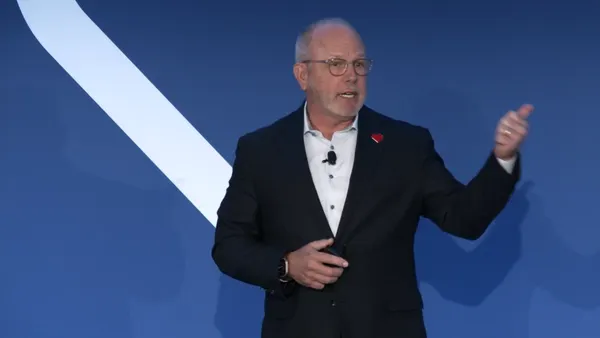Improving patient care by identifying and addressing potential gaps is essential for better patient outcomes. Yet, providers are often unaware of these gaps, and the current methods payers use to communicate this information are inefficient. Currently, providers must proactively log into multiple payer portals to access alerts on care gaps for their patients, adding to their already overwhelming workload.
Providers today rely on a range of clinical support tools, sometimes managing between six and twenty different technologies. Most of these tools exist outside their Electronic Health Records (EHRs), making them cumbersome to access. This growing dependence on external tools has created what’s known as the “crowded desktop” problem, where essential clinical insights are often lost amid a sea of other technologies.
These third-party solutions do offer significant benefits; in fact, 74% of physicians using such tools report changing diagnoses or treatment plans based on the insights gained. However, the overcrowded landscape of tools means these insights are often overlooked. As a result, valuable opportunities to enhance patient care go unaddressed.
The Importance of Identifying Care Gaps
Research from the Agency for Healthcare Research and Quality (AHRQ) shows that only 8% of patients receive all recommended preventive care, while nearly 5% receive none. By identifying care gaps and communicating this information to providers, payers can help create a comprehensive view of each patient’s health, which is crucial for delivering improved care.
Payers hold extensive data on their members’ health and can identify potential risks and gaps in care that could be invaluable to providers. However, this information is often delivered via fragmented, external systems, which exacerbates the crowded desktop problem. The current process of accessing these alerts is time-consuming, prone to errors, and not always secure. Moreover, even when providers access care gap information, it may not coincide with a patient’s scheduled visit, reducing the chances of the information being applied effectively.
The Need for an Integrated Solution
For care gap information to have a meaningful impact, it must be accessible at the point of care and integrated into the provider’s normal clinical workflow. A better system is needed—one that seamlessly coordinates with the provider’s existing processes without adding more steps, apps, or tools. A truly effective solution should consolidate the existing tools and deliver care gap information from multiple payers in a single, aggregated view.
To succeed, this solution must:
- Consolidate information from multiple payers into one workflow.
- Be EHR-agnostic, accessible directly within the EHR, and free for providers.
- Provide timely alerts with patient-specific considerations to support discussions with patients.
Veradigm Payer Insights: An Effective Solution
Veradigm developed Payer Insights to bridge this communication gap. This solution uniquely delivers care gap alerts directly within providers’ EHRs, integrating smoothly into their clinical workflows. When a care gap is identified, a provider-facing alert appears in the specific patient’s EHR record, increasing the likelihood that it will be seen and addressed during the patient visit.
How It Works:
Veradigm Payer Insights connects with the provider’s EHR, analyzes upcoming appointments, and identifies patients eligible for care gap alerts. The patient information is then sent to payers within Veradigm’s network (which includes over 100 payers), who analyze it to identify potential care gaps. These alerts are sent back to the provider’s EHR as visual prompts within the relevant patient records, ensuring the information is accessible when it’s most useful.
Alerts contain specific considerations for each patient, allowing providers and support staff to review, evaluate, and discuss them with patients as part of their usual workflow.
Benefits for Payers, Providers and Patients
Veradigm Payer Insights simplifies the process of identifying and communicating care gaps. It allows payers to leverage EHR data to identify potential care gaps and deliver them directly into the EHR, removing the need for providers to navigate multiple payer portals. This streamlined process saves time and energy, enabling providers to focus more effectively on patient needs.
For patients, the result is improved health outcomes, fewer unnecessary tests, and a more proactive approach to preventive care. When providers address care gaps promptly, patients are more likely to receive early diagnoses and interventions, which can improve quality of life, reduce healthcare costs, and lead to better overall outcomes.
Enhancing Preventive Care
Identifying and addressing care gaps is vital for enhancing patient care and outcomes. More patients receiving recommended care can lead to earlier diagnoses and treatments, which ultimately lower healthcare costs and improve patient satisfaction.
To learn more about how Veradigm Payer Insights can help improve preventive care for your patients, contact us today.










